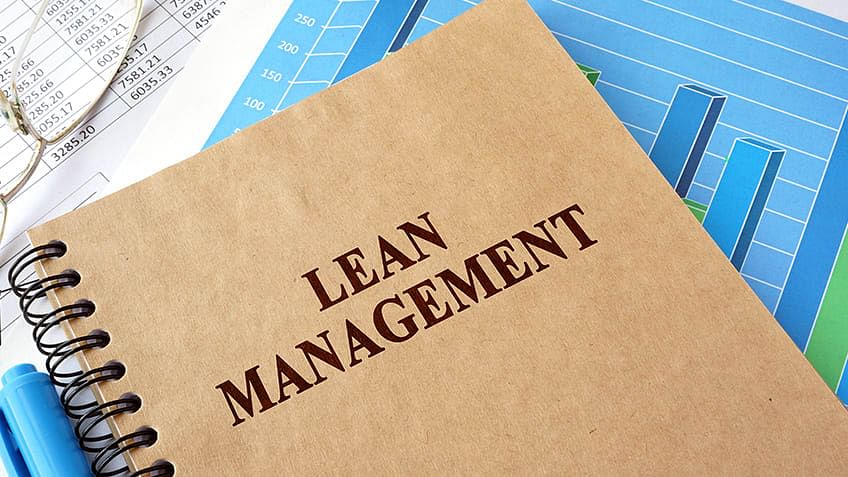Are you looking for a way to manage your business more effectively without wasting time and precious resources? Would you like to improve customer satisfaction rates? Do you want to learn more about quality control? Lean management may be the answer.
Introduction to Lean Management
Lean management is a business methodology that's designed to increase quality and efficiency by eliminating wasted resources like time, money, and effort. It also is sometimes referred to as lean production or lean manufacturing. The idea is to produce only the best and most valuable services or products for customers and clients at the right price.
History of Lean Management
The concept of lean management originated in the Japanese manufacturing industry in the 1990s, beginning with the Toyota Production System (TPS). Because Toyota was initially a small automobile manufacturer that eventually became successful on a global scale, it's business, and operational process quickly caught on. Other companies soon began to adopt similar methodologies with the hope of achieving the same level of success. Today, lean management is widely used by leading businesses around the world, including Intel, John Deere, and Nike.
Read More: Working at a startup, there were so many things that Daksha Yajaman learned to juggle. However, he wanted to learn how to set processes that yielded the most optimum results which is why he chose to upskill with our Lean Management Certification Course. Read about his course experience in his Simplilearn Lean Management Course Review.
Principles of Lean Management
Lean management revolves around these core principles: defining value, mapping stream value, creating flow, establishing pull, and pursuing perfection.
-
Defining Value
This principle identifies the value of a product or service from the customer’s perspective. Rotating Solutions highlights the importance of creating and focusing on a timeline for the production process, including delivery. This can include detailing crucial requirements, price points, expectations, and other essential information -
Mapping Stream Value
This principle is also known as waste mapping. It examines all steps of any given business process to determine which unnecessary actions and resources can be eliminated to maximize efficiency -
Creating Flow
This principle focuses on attaining efficiency and speed, as well as ensuring that multiple operational tasks are completed as quickly and smoothly as possible without sacrificing quality -
Establishing Pull
Create a flow in which there are just enough materials and resources to create the required products on time and in a continuous fashion. -
Pursuing Perfection
Really, this means making sure that the other four principles occur continuously and consistently. Make sure all employees are also on board with the ultimate lean mission.
Another way to look at lean management is through the following five stages that complement the general principles. Known as “5S”, and translated from Japanese, they include:
- Seiri (organization)
- Seiton (order)
- Seiso (cleanliness)
- Seiketsu (standardization)
- Shitsuke (discipline)
Benefits of Lean Management
Companies that apply lean management methodologies typically have one goal in mind: continuous improvement. By implementing these lean principles, they often reach this goal by saving time and therefore money. They also can improve customer satisfaction rates, which can lead to increased revenue from referrals and repeat business.
Further, becoming proficient in lean management can be an invaluable investment. Our Lean Six Sigma Green Belt program teaches students crucial lean management skills that won’t just help them in their current role, but will also help them to be successful in other opportunities they may pursue in the future.
In this training program, students learn about all aspects of lean management, and how these principles can be applied in services, manufacturing, and general business roles. Students learn about the various tools in lean management, common types of waste, and ways to eliminate it to improve overall business efficiency. Students enrolled in this course receive five hours of e-learning content, a downloadable e-book, and other resources that are useful for all skill levels. Once completed, students earn a lean management certification.

